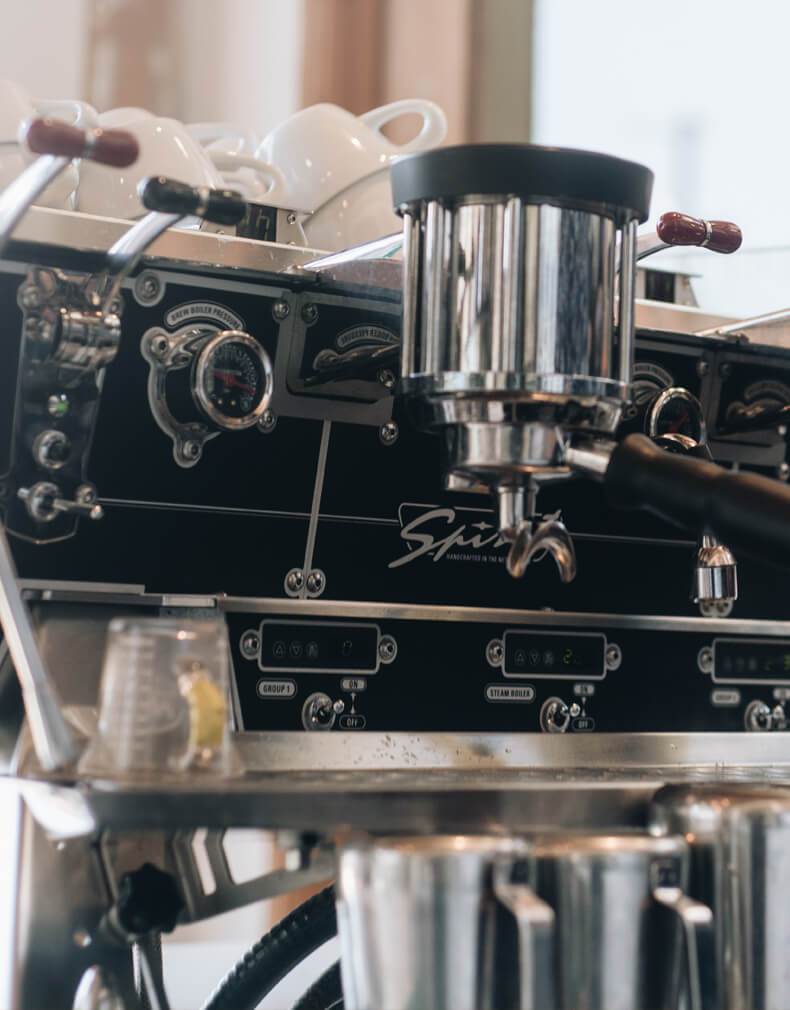We're covering the most important steps to expertly steam milk. Learn how to properly introduce heat and air while creating a vortex to make a smooth, glassy pitcher of steamed milk. We'll teach you how to create the perfect steamed milk for latte art.
The Composition of Milk
Conventional milk is made up of about 87% water along with the second most prevalent compound being sugar, clocking in around 4.8%. Milk from cows has a specific kind of sugar called lactose. It's what's creating the sweet flavors in fresh milk and also the sour flavors in rancid milk when it starts to break down.How Temperature Changes Lactose
When steaming milk, there is a temperature range we're aiming for, otherwise, the lactose (sugar) can become overheated resulting in browning.40° F
Cold milk develops some sweetness.
100° F
Longer chain carbohydrates (sugars) naturally present in milk begin to breakdown into simple sugars with the rising temperature. The sweetness is more present.
135 - 150° F
Sugar continues to breakdown and peak sweetness is developed at this temperature range.
160° F +
The sugar and proteins are now overheating. A "browning reaction" is happening and results in unappealing texture and flavor.
10 Pro Tips When Steaming Milk
- Make sure to dose your milk. Each drink (latte, cappuccino, etc.) will need a different amount. This will keep your milk waste to a minimum, too.
- Always wipe and purge your steam wand after each use. Milk residue leftover from a previous drink can result in milk sticking to the end of the wand and burning.
-
Stretch the milk gently by pulling the steam wand tip slightly above the surface of the milk. This creates friction and is literally "stretching" the proteins in the milk.
- Always stretch at the beginning of the process while the milk is still cool. Otherwise, you'll risk breaking the proteins, resulting in grainy milk with large bubbles.
- If you hear the milk "screaming," there's not enough texture or it's too hot. We're always going for quiet steaming.
- Less is more. The key is to not move your pitcher around while steaming. The more you move, the worse the texture will be.
- The suction noise you hear from the wand is air going into the milk. When you add more air, you’re creating thicker milk, when you add less air you're creating thinner milk.
- Feel for your milk temperature at the bottom half of the pitcher. Gauging temperature takes practice. We shoot for a steamed milk temperature between 135 to 150 degrees.
- Always start with cold milk directly from the fridge.
- Don't wait too long to pour the steamed milk into the espresso drink. And never, ever re-steam steamed milk.
